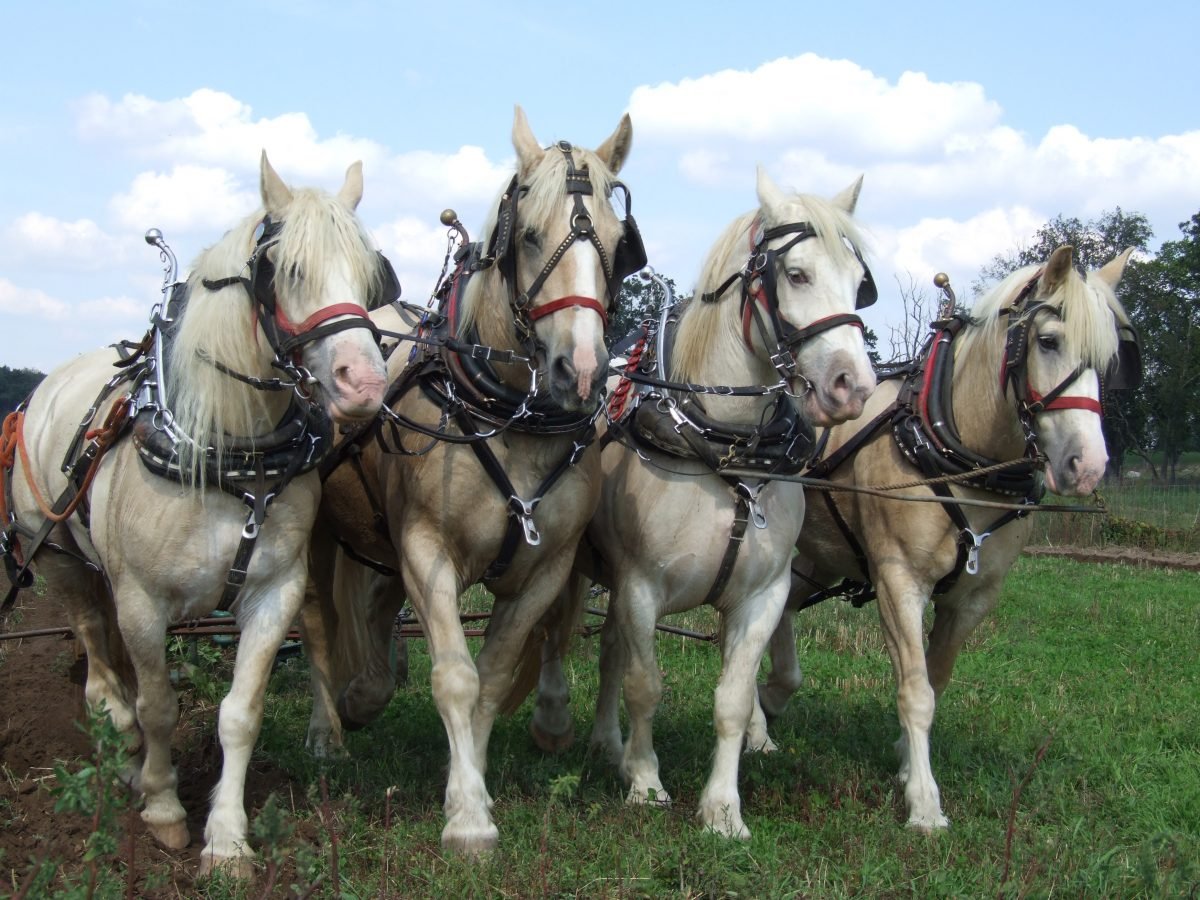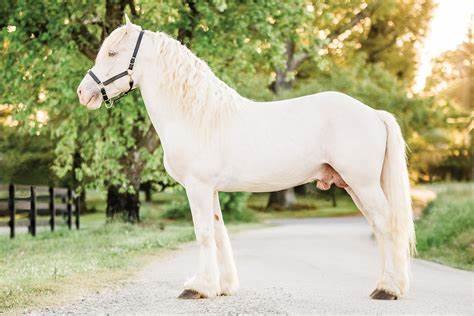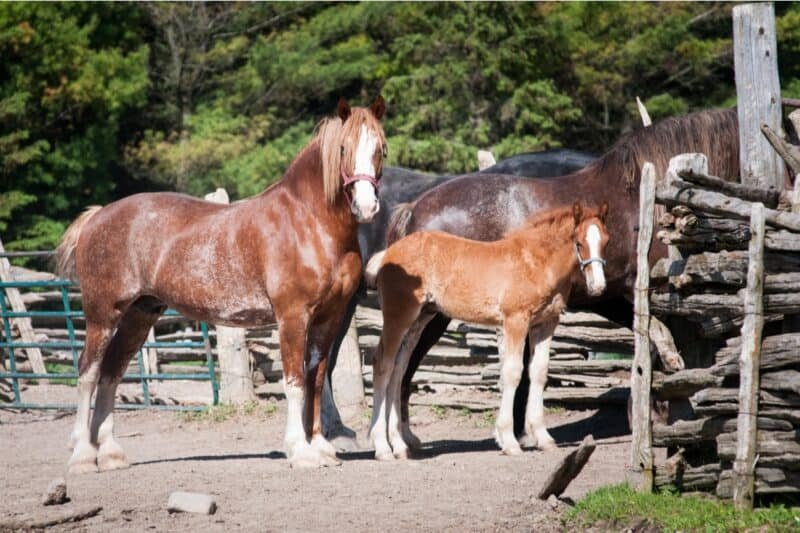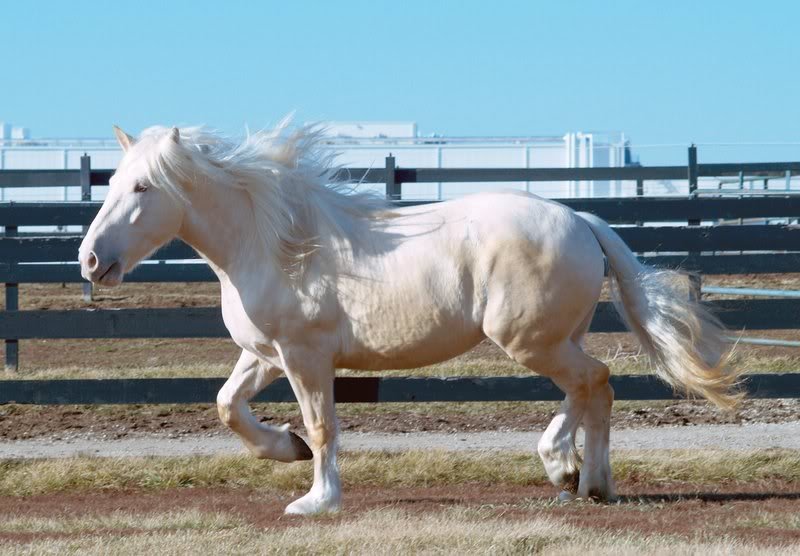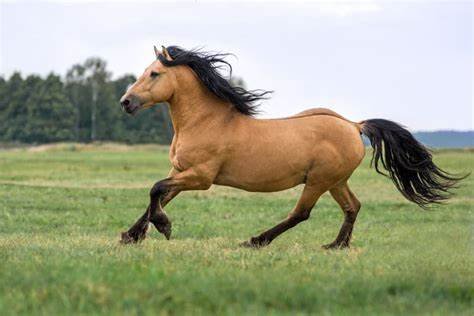Cream draft horses, particularly the American Cream Draft breed, have long been a valuable asset in agriculture and other forms of work due to their strength, endurance, and gentle temperament. Their large, muscular build and calm demeanor make them well-suited for the demanding tasks of pulling heavy loads and performing farm-related activities. Although mechanization has largely replaced the use of draft horses in agriculture, these horses continue to play a significant role in certain farming operations and rural life.
The Role of Cream Draft Horses in Historical Agriculture
The cream draft horse breed, most notably the American Cream Draft, was specifically developed in the late 19th and early 20th centuries for agricultural tasks. These horses were invaluable on farms, especially in the Midwest, where their strength and stamina made them perfect for heavy-duty work. Farmers relied on them for tasks like plowing fields, hauling produce to market, pulling carts, and other labor-intensive activities.
The American Cream Draft became an essential tool in the agricultural landscape of the early 20th century. The breed’s ability to carry heavy loads and pull large implements made them a reliable and efficient choice for farmers who needed to manage large plots of land.
The Strength and Stamina of Cream Draft Horses
One of the defining characteristics of cream draft horses is their remarkable strength. These horses are capable of pulling heavy loads, making them perfect for agricultural work that requires horsepower. Whether pulling plows through tough soil or hauling bales of hay, their muscular build and powerful legs allow them to exert the force needed for the toughest tasks.
This strength also extends to their ability to work long hours without showing signs of fatigue. Their stamina made them ideal for farm work, where long hours in the fields were the norm. The gentle and steady nature of these horses made them well-suited for the repetitive tasks associated with farming, such as plowing, planting, and harvesting.
Cream Draft Horses in the Age of Mechanization
As farming technology evolved and tractors and other machinery replaced draft horses, the use of horses like the American Cream Draft diminished. Tractors provided faster and more efficient methods of plowing, sowing, and harvesting, reducing the need for draft animals. Despite this shift, cream draft horses continued to hold value in specific sectors of agriculture.
In some rural areas, these horses have remained useful for small-scale farming operations or organic farms where machinery may be too costly or impractical. They are particularly valued for their ability to work in areas where modern machinery may not be able to reach, such as uneven terrain or fields with narrow access points. They also serve as a sustainable option for those seeking to reduce their environmental impact by choosing animal-powered methods over mechanized ones.
Cream Draft Horses in Modern Agricultural and Rural Work
Today, cream draft horses, especially the American Cream Draft, are still employed for certain types of agricultural work. Their versatility and strength allow them to perform tasks that require a level of precision and care that modern machines cannot always replicate. These tasks might include:
- Log Hauling: In forestry operations, draft horses like the American Cream Draft are used to pull logs through forested areas. This method is particularly useful in eco-friendly operations, where avoiding damage to the land and minimizing carbon emissions is a priority.
- Plowing and Cultivation: Some farmers, particularly those who practice sustainable or organic farming, continue to use draft horses to plow fields. Horses are less disruptive to the soil compared to modern machinery, which can lead to soil compaction. By using horses, farmers preserve the integrity of the soil.
- Carriage and Wagon Rides: Beyond traditional agricultural work, cream draft horses are sometimes used in rural tourism. They are harnessed to pull wagons, carts, or carriages, offering scenic tours and experiences that reflect a slower, more traditional pace of life. This provides both an income stream for farmers and a way for people to reconnect with the past.
- Field Work on Smaller Farms: On smaller, more specialized farms, where large machinery is not necessary, cream draft horses are still used for tasks like pulling carts, hauling produce, and working in orchards or vineyards. Their reliability in tight spaces and their gentle nature make them ideal for this work.
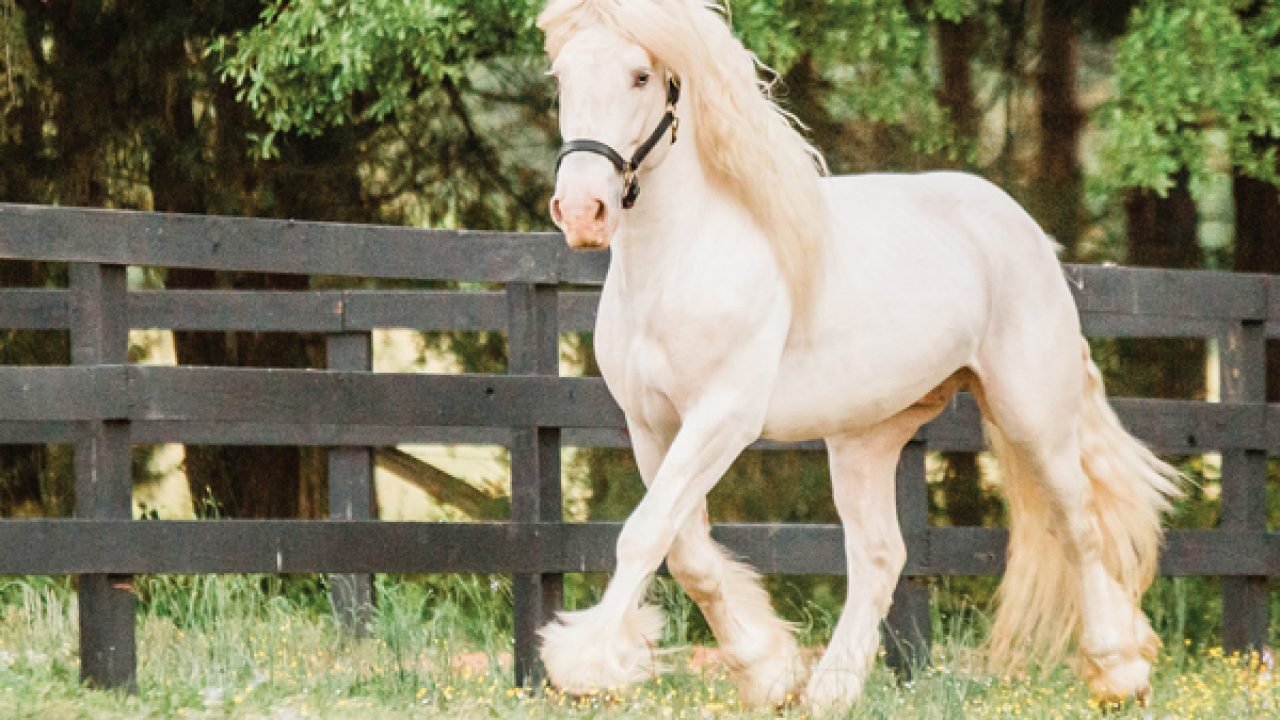
Benefits of Using Cream Draft Horses in Agriculture
The use of cream draft horses in agriculture offers several advantages, both for the farmer and the environment. Some of these benefits include:
- Reduced Environmental Impact: Using horses for fieldwork reduces the carbon footprint associated with mechanized farming. Horses do not rely on fossil fuels, and their manure can be used as a natural fertilizer, further reducing the need for chemical inputs.
- Soil Health: Draft horses cause less soil compaction than heavy machinery, which can harm the health of the soil over time. Horses can work in wetter conditions, which may be too much for tractors, without causing long-term damage.
- Cultural and Heritage Preservation: The use of cream draft horses helps preserve farming traditions that have been passed down for generations. Many farmers who continue to use draft horses do so not only for practical reasons but also to keep the heritage and history of rural agriculture alive.
- Lower Operating Costs: While horses require feed, care, and attention, they can often be more cost-effective for small-scale farms compared to purchasing and maintaining large, expensive machinery. Draft horses are also a viable option for those farming in regions where modern machinery may not be as accessible or economical.
Quality Dairy Farming: A Commitment to Excellence
Cream Acres is dedicated to producing high-quality dairy products with a strong focus on sustainable farming and animal welfare. By utilizing innovative techniques, the farm ensures that every product meets the highest standards of freshness and nutrition. Similarly, in the world of online entertainment, platforms like wolfwinner casino provide a premium experience with a vast selection of exciting games for players to enjoy.
Conclusion
Cream draft horses, especially the American Cream Draft, have played a significant role in the agricultural world, from their early days on the farm to their modern use in specific farming operations. Their strength, stamina, and calm demeanor made them indispensable tools for early 20th-century farming, and while mechanization has reduced their prevalence in large-scale agriculture, they continue to be a valuable resource for sustainable farming, eco-friendly practices, and cultural preservation.
Their legacy endures through their continued use in certain agricultural tasks and their importance as symbols of the past. The return to more sustainable and traditional farming practices has allowed cream draft horses to remain relevant in today’s agricultural world, where their power, versatility, and gentle nature continue to shine.







